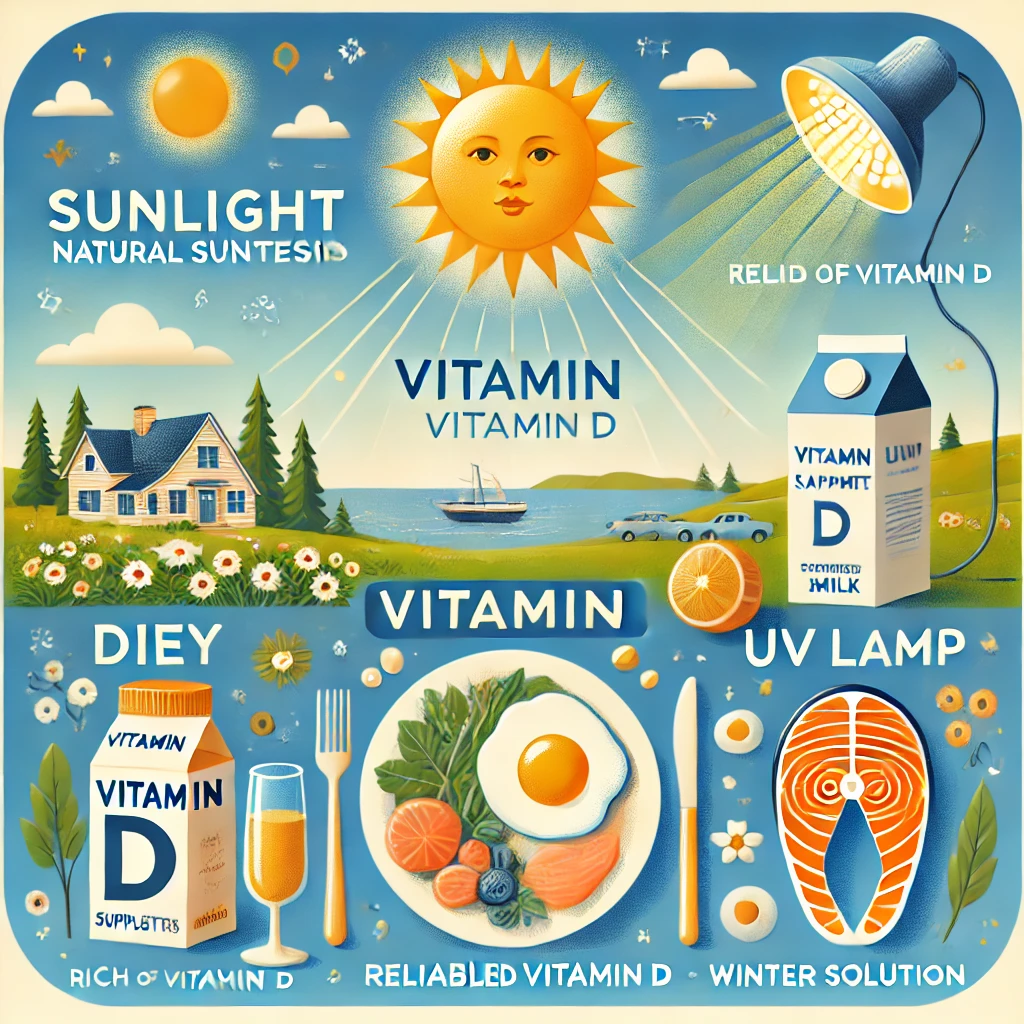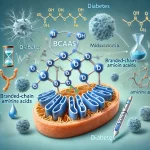Vitamin D, often referred to as the “sunshine vitamin,” is essential for overall health and vitality, particularly for maintaining healthy skin, strong bones, and a robust immune system. This article explores the effects of vitamin D deficiency, how to gain vitamin D naturally, the role of supplements, and whether sunlight or infrared therapy is the better source. Each section is enriched with detailed explanations and actionable tips to help you optimize your vitamin D levels.
Effects of Vitamin D Deficiency on Skin and Health
Vitamin D deficiency can have significant effects on both skin and overall health. It plays a vital role in maintaining the skin’s integrity, reducing inflammation, and supporting the immune system. Without sufficient levels, the skin becomes prone to various issues that compromise its appearance and function.
- Skin Rashes and Irritation: A lack of vitamin D often manifests as itchy or inflamed skin. This occurs because vitamin D is essential for regulating skin cell growth and repair.
- Psoriasis and Eczema: These chronic conditions can worsen with low vitamin D levels, as the vitamin helps reduce skin cell buildup and inflammation.
- Dry and Aging Skin: Vitamin D promotes skin hydration and elasticity, reducing the appearance of fine lines and wrinkles.
Key Signs of Vitamin D Deficiency on Skin:
- Persistent dryness and flakiness.
- Hyperpigmentation or uneven skin tone.
- Difficulty healing wounds or scars.
- Increased sensitivity to environmental irritants.
How to Gain Vitamin D Naturally
Natural sources of vitamin D are abundant and effective. Incorporating them into your daily routine can help you maintain optimal levels without relying solely on supplements. The most accessible source is sunlight, but dietary adjustments also play a critical role.
- Sunlight Exposure: UVB rays from the sun enable your skin to synthesize vitamin D. Aim for 10-30 minutes of sunlight exposure on bare skin, particularly during late morning or early afternoon.
- Dietary Sources: Foods rich in vitamin D are an excellent way to supplement your intake. Fatty fish like salmon and mackerel, egg yolks, and fortified dairy products are particularly beneficial.
Top Foods for Boosting Vitamin D:
- Salmon (wild-caught preferred).
- Fortified plant-based milks (almond, soy, oat).
- Egg yolks.
- Mushrooms exposed to sunlight.
- Fortified cereals and orange juice.
Vitamin D Supplements: When and How to Use Them
Supplements are a reliable option for individuals unable to meet their vitamin D requirements through sunlight and diet alone. They come in various forms, such as capsules, gummies, drops, and tablets, making it easier to choose based on personal preference.
- Vitamin D2 vs. D3: While both are effective, vitamin D3 is better absorbed and more potent in raising blood levels.
- Recommended Dosages: Adults typically require 600-800 IU daily, while seniors may need up to 1,000 IU. Always consult a healthcare provider before taking high-dose supplements.
Best Practices for Taking Vitamin D Supplements:
- Pair with meals containing healthy fats for better absorption.
- Choose reputable brands with third-party testing certifications.
- Monitor your vitamin D levels regularly through blood tests.
Popular Supplement Options:
- Chewable tablets.
- Liquid drops for children and adults.
- High-dose capsules for medical use.
Infrared and UV Lamps: An Alternative Approach
For individuals living in regions with limited sunlight, infrared and UV lamps offer a convenient solution. These devices mimic natural sunlight and can be particularly useful during winter months.
- How Infrared Therapy Works: Infrared lamps emit light that stimulates the skin to produce vitamin D without excessive UV exposure. They are often safer for sensitive skin types.
- Safety Tips: Limit usage to 10-20 minutes per session and follow manufacturer guidelines to avoid burns or overexposure.
Pros and Cons of Infrared Therapy:
- Pros:
- Provides controlled exposure.
- Ideal for winter or cloudy climates.
- Reduces the risk of skin cancer compared to prolonged sun exposure.
- Cons:
- May be less effective than direct sunlight.
- Requires initial investment in equipment.
Top UV and Infrared Devices:
- Home UV lamps for vitamin D synthesis.
- Portable infrared devices for targeted skin care.
- Multifunctional lamps addressing both seasonal affective disorder and vitamin D production.
Sunlight vs. Infrared vs. Supplements: Which Is Best?
Choosing the best source of vitamin D depends on individual needs, lifestyle, and access to natural sunlight. Each method has unique advantages and potential drawbacks.
- Sunlight: The most natural and cost-effective source. However, prolonged exposure increases the risk of UV damage and skin cancer.
- Infrared Therapy: Ideal for those with limited sunlight access. It provides controlled doses without the risks associated with UV radiation.
- Supplements: The most consistent and reliable method, particularly for individuals with dietary restrictions or specific medical conditions.
Comparison of Sources:
- Sunlight:
- Pros: Free and effective.
- Cons: Seasonal limitations and potential skin damage.
- Infrared Therapy:
- Pros: Controlled and safe for sensitive skin.
- Cons: Requires equipment and consistent usage.
- Supplements:
- Pros: Precise dosages and widely available.
- Cons: May require regular monitoring to avoid overdose.
By understanding the diverse ways to obtain vitamin D and addressing deficiency symptoms proactively, you can improve your overall health and skin vitality. Always consult with a healthcare professional to tailor your vitamin D intake based on your unique needs and circumstances.









